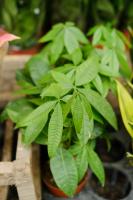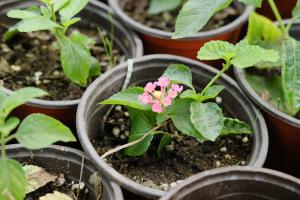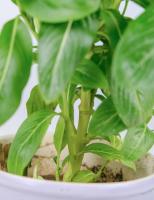What Was the Tree That Wangari Maathai Planted?
Wangari Maathai was a Kenyan environmental and political activist who received numerous awards for her work, including the Nobel Peace Prize, which she won in 2004. One of her most notable achievements, however, was the establishment of the Green Belt Movement, a grassroots organization that planted over 50 million trees in Kenya. But what was the tree that Wangari Maathai planted?
The Importance of Trees in Kenya
In Kenya, trees are essential for the survival of many communities. They provide shade, reduce erosion, and regulate the water cycle. They also offer a source of food and medicine for many rural households. However, deforestation has been an ongoing problem in the country, with at least 80% of the population relying on biomass fuels such as charcoal and firewood for cooking and heating.
The Fig Tree
The tree that Wangari Maathai planted was a fig tree, specifically the Ficus natalensis. This species of tree is native to Kenya and is found in many parts of the country. Fig trees are known for their ability to provide shade, which is useful in hot and arid areas like much of Kenya. They also have a deep root system that helps prevent soil erosion and absorb groundwater. Moreover, figs are eaten by many animals, which helps promote biodiversity.
The Symbolism of the Fig Tree
For Wangari Maathai, the fig tree represented resilience and hope. She believed that by planting trees, people could restore the land and improve their lives. Moreover, the fig tree was an important symbol in many African cultures. In some traditions, it was believed to be a sacred tree that provided shelter and nourishment. For Wangari Maathai, the fig tree was a powerful symbol of her vision for a better Kenya.
The Legacy of Wangari Maathai
Wangari Maathai passed away in 2011, but her legacy lives on through the Green Belt Movement and the millions of trees that have been planted in Kenya and other parts of the world. The trees she planted not only serve as a symbol of hope and resilience, but also provide tangible benefits to communities that rely on them for their survival. The fig tree, in particular, is a reminder of the important role that trees play in the environment and in our lives.
In Conclusion
The tree that Wangari Maathai planted was a fig tree, which she saw as a symbol of hope and resilience. Through the establishment of the Green Belt Movement, she inspired millions of people to plant trees and restore their land. Her legacy continues to inspire environmental and social activists around the world, and serves as a powerful reminder of the importance of trees in promoting sustainable development and improving our quality of life.

 how many times do yo...
how many times do yo... how many planted tre...
how many planted tre... how many pine trees ...
how many pine trees ... how many pecan trees...
how many pecan trees... how many plants comp...
how many plants comp... how many plants can ...
how many plants can ... how many plants and ...
how many plants and ... how many pepper plan...
how many pepper plan...






























